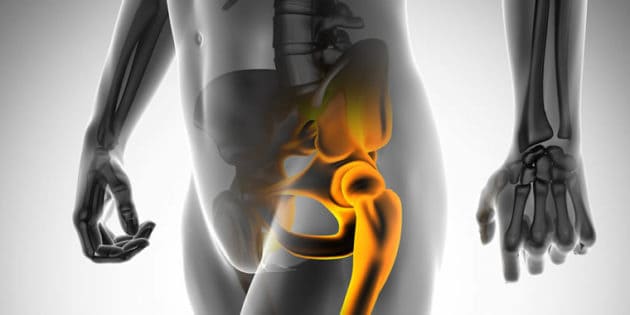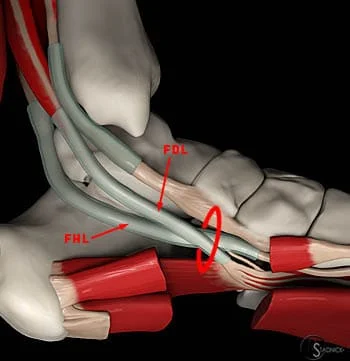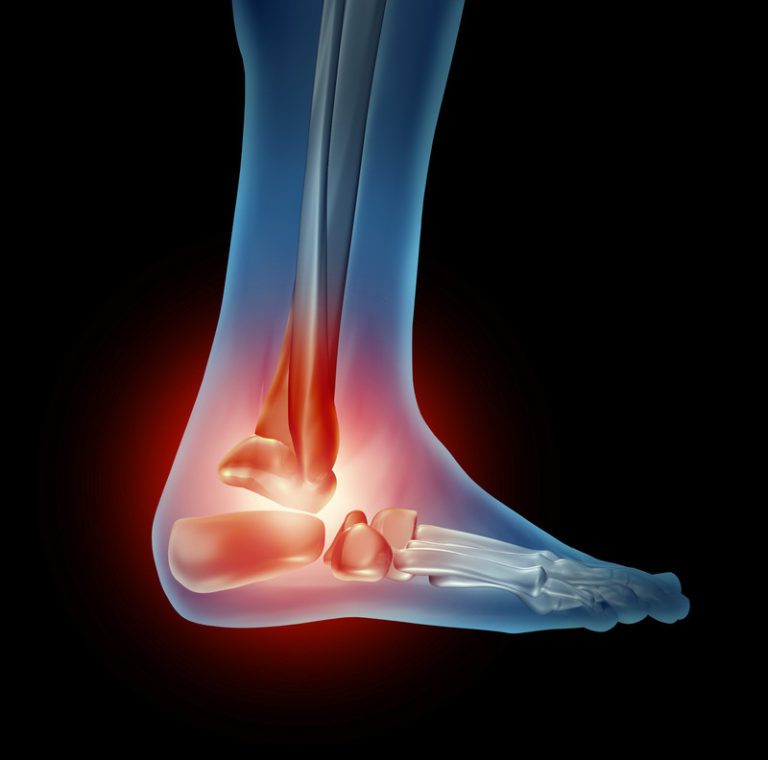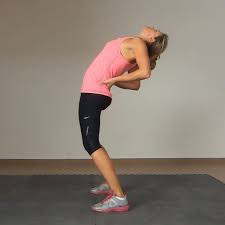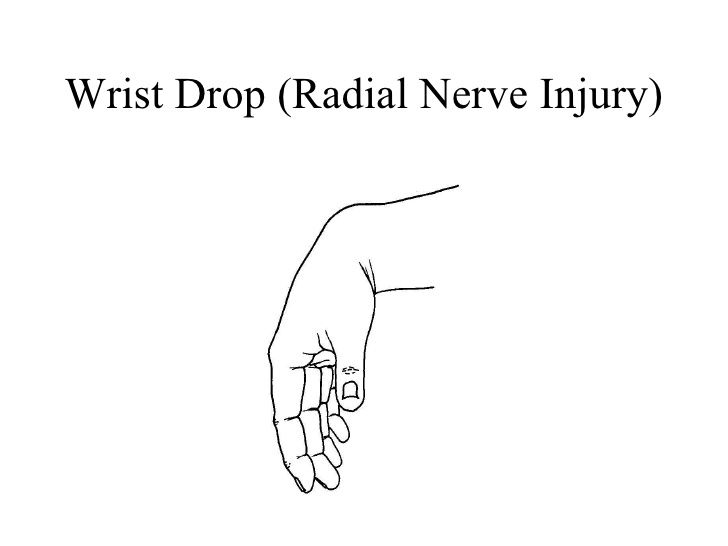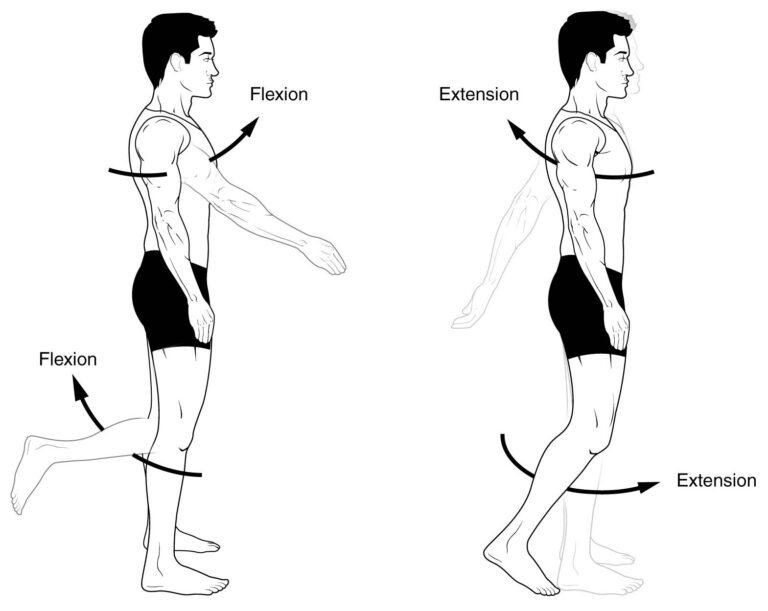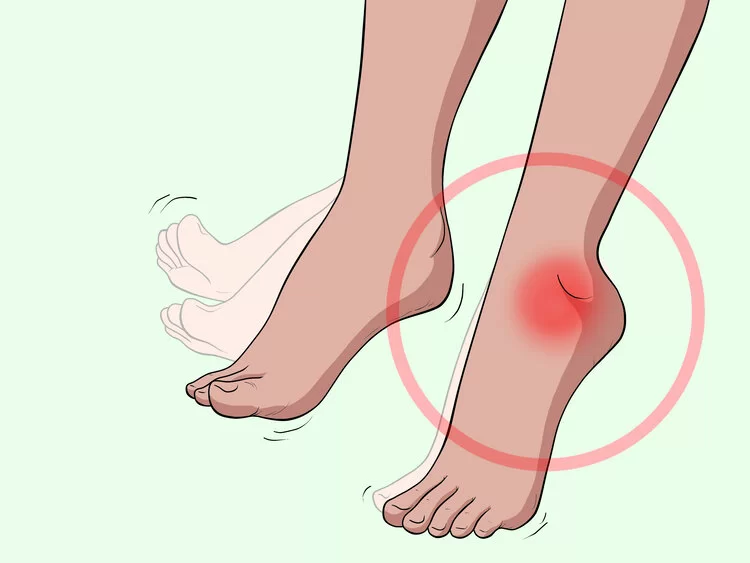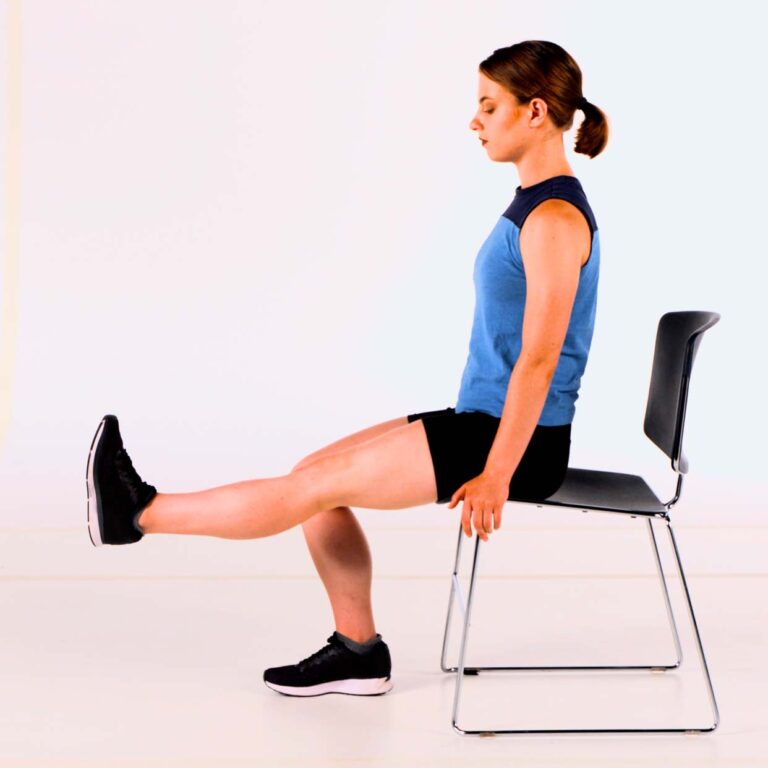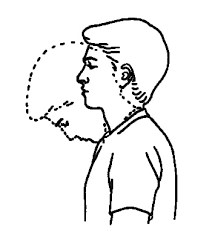Hip joint stiffness
What is hip stiffness? Hip joint stiffness is a feeling that the hip joint doesn’t move as easily as it once did, as well as it is generally painful. The patient may feel as if the hip is clicking or even popping as the patient move it. The range of motion may also be affected….

